What I wish I had known before my first music lesson
What I wish I had known before my first music lesson is how much “fit” — the right instrument, teacher, lesson format, and routine — would shape everything. I picked an instrument by checking size, cost, and how natural it felt. I learned rentals and starter kits can save money. I found a teacher by asking about lesson length, goals, and teaching style, and I chose in-person or online to match my life. I built a tiny daily practice habit, used a metronome, and broke songs into tiny steps. I learned basic rhythm, scales, and chords, protected my body with warm‑ups and good posture, and tamed nerves with simple breathing. Small, steady habits made music stick.
Key takeaway
- Ask for help early.
- Set clear, tiny, time‑bound goals.
- Split big tasks into tiny steps.
- Take regular breaks to avoid burnout.
- Be patient and kind to yourself.
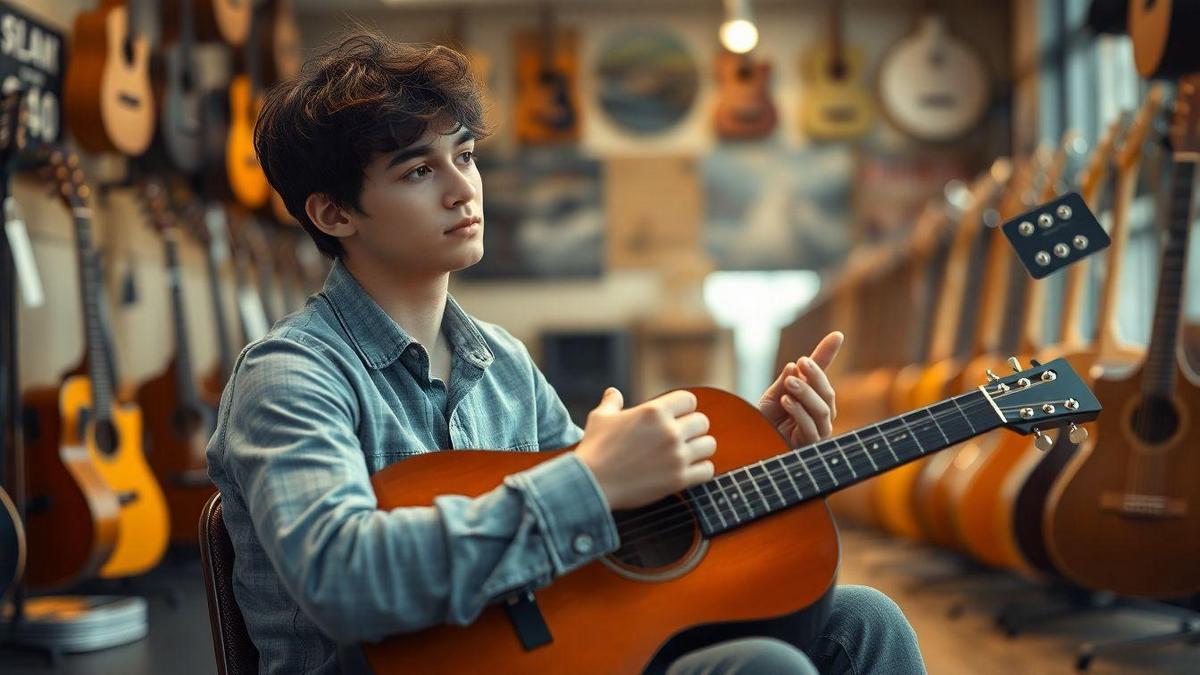
How I picked my first instrument — fit matters
I stood in a music shop overwhelmed until I focused on fit: how the instrument felt in my hands and on my body. Fit decides whether you stick with it.
- Size: make sure it suits your body. A full‑size violin felt huge to me; a ukulele fit my lap and confidence.
- Cost: cheap can mean repairs; mid‑range used gear often gives the best value.
- Ease of learning: choose something that gives quick wins (simple songs or basic chords).
Try before you buy: play a few notes, hold it for comfort, test starter sizes, and bring a friend or teacher for a second opinion. For structured help choosing an instrument without regrets see advice on choosing your first instrument, and if you want budget-friendly options consider this guide to affordable beginner instruments. Trust the instrument that makes you want to play.
Rentals and starter kits
What I wish I had known before my first music lesson: renting and starter kits are great options.
| Option | Typical upfront cost | Best for |
|---|---|---|
| Renting | Low (monthly fee) | People unsure they’ll stick with it |
| Buying used | Medium | Lower long‑term cost seekers |
| Starter kit | Low–Medium | Beginners who need basics (case, tuner, strings) |
Renting saved me money and stress; starter kits gave me the essentials (tuner, picks, case). Ask about rental‑to‑buy plans and damage fees — and compare the pros and cons in this primer on renting vs buying your first instrument.
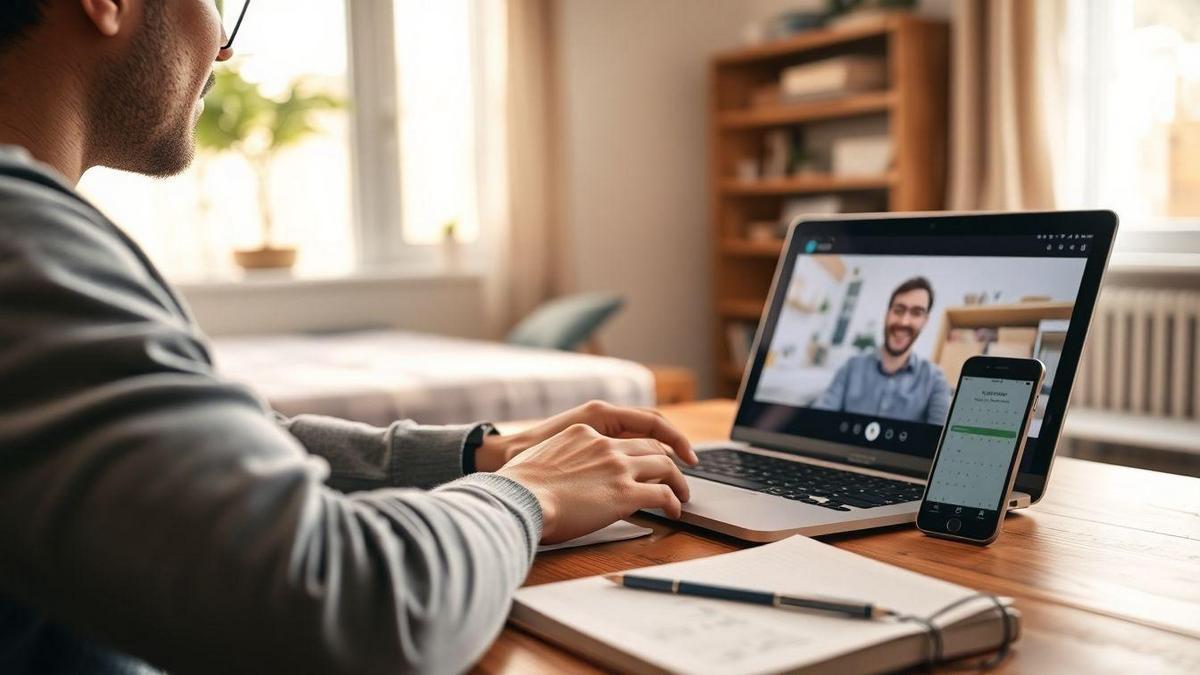
Finding a teacher and picking lesson format
Fit matters more than fame. Look for a teacher who matches your pace and schedule. You can also Find a qualified local music teacher through official directories.
Ask these questions:
- Typical lesson length? (30, 45, 60 minutes)
- How will you set goals for the first 3 months?
- Teaching style: songs, theory, ear training?
- How do you assign homework/practice plans?
- What happens if I miss a lesson?
Good signs: clear short plans, flexible pacing, patience. Red flags: vague promises or pressure to buy lots of materials.
In‑person vs online:
- In‑person: hands‑on help, better for technique; downside: commute.
- Online: flexible, no travel; downside: sound and tech limits.
If you need a ready practice structure to discuss with a teacher, a simple plan is outlined in how to create a simple daily practice routine. Choose the format that makes practice easier, not harder.
Lesson pacing — slow and steady
What I wish I had known before my first music lesson: slow and steady beats sprinting.
- Start with 15–20 minutes daily rather than long weekly marathons.
- Ask for a short warm‑up from your teacher.
- Break songs into tiny chunks (intro, one line, chorus).
- Expect small wins and celebrate them.
Sample four‑week progression:
- Week 1: basics and warm‑up
- Week 2: one easy song section
- Week 3: connect sections and add a tiny challenge
- Week 4: reassess goals with teacher
For guidance on how much time to practice per day see how much time per day for music, and the benefits of short consistent sessions are discussed in the power of just twenty minutes daily.
Pitfalls to avoid: trying to learn too much at once, skipping warm‑ups, comparing yourself to others.
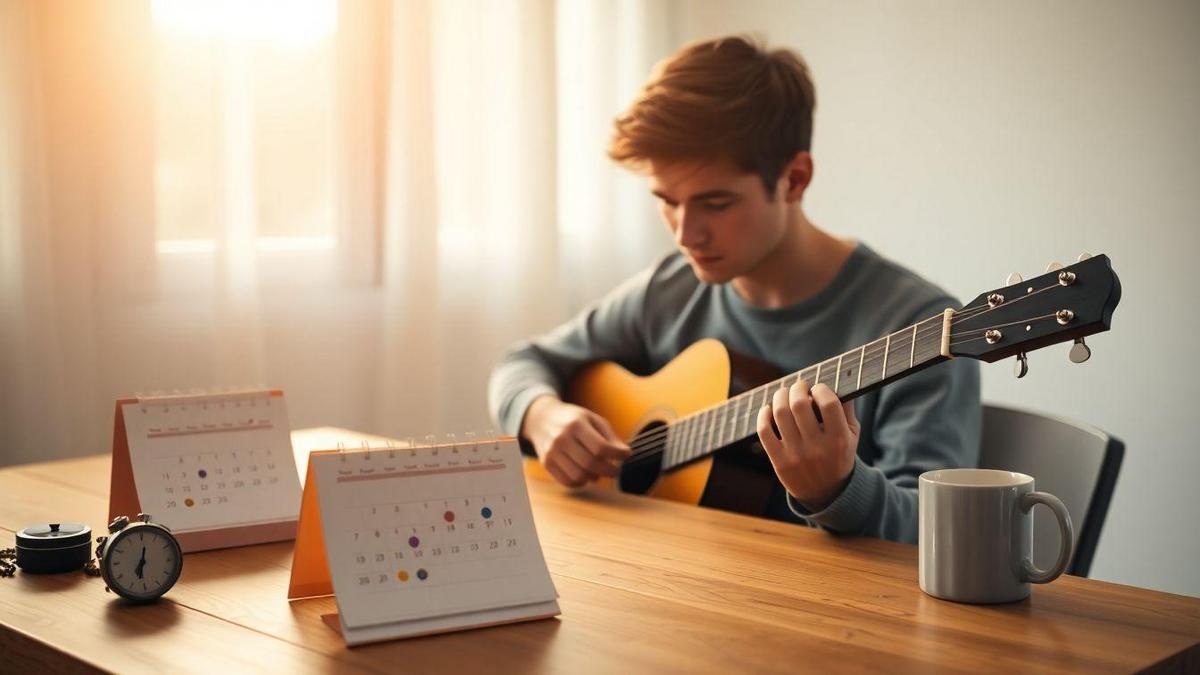
Building a practice habit that sticks
What I wish I had known before my first music lesson was that habit beats raw talent. I kept sessions tiny, daily, and kind.
Short daily practice beats rare long sessions:
- 10–20 minutes most days keeps muscle memory fresh.
- Small wins build confidence fast.
My basic 15‑minute plan:
- Warm‑up (3–5 minutes): scales or single‑note drills.
- Focus work (7–8 minutes): the hardest part of a song, chunked.
- Fun play (3–4 minutes): something you enjoy.
Use a metronome and a simple weekly plan: technique, song work, ear training. Raise tempo only after nailing a section three times in a row. If practice feels like a chore, try strategies from making practice fun or beat avoidance with tips from how to stop procrastinating on music practice.
Breaking songs into tiny steps
I wish I’d known day one how to disarm a song one piece at a time.
- Find the smallest repeatable unit: one bar, one riff, two notes.
- Isolate it and play slow until natural.
- Add one unit at a time. Use the metronome at an error‑free speed.
Example practice breakdown:
- Riff A — clean single notes (5 minutes)
- Transition — smooth rhythm change (4 minutes)
- Full run — put parts together slowly (6 minutes)
When writing or arranging a simple melody, approaches in writing your first melody without overthinking help simplify decisions, while musical intervals made simple and why chords matter make it easier to connect parts.
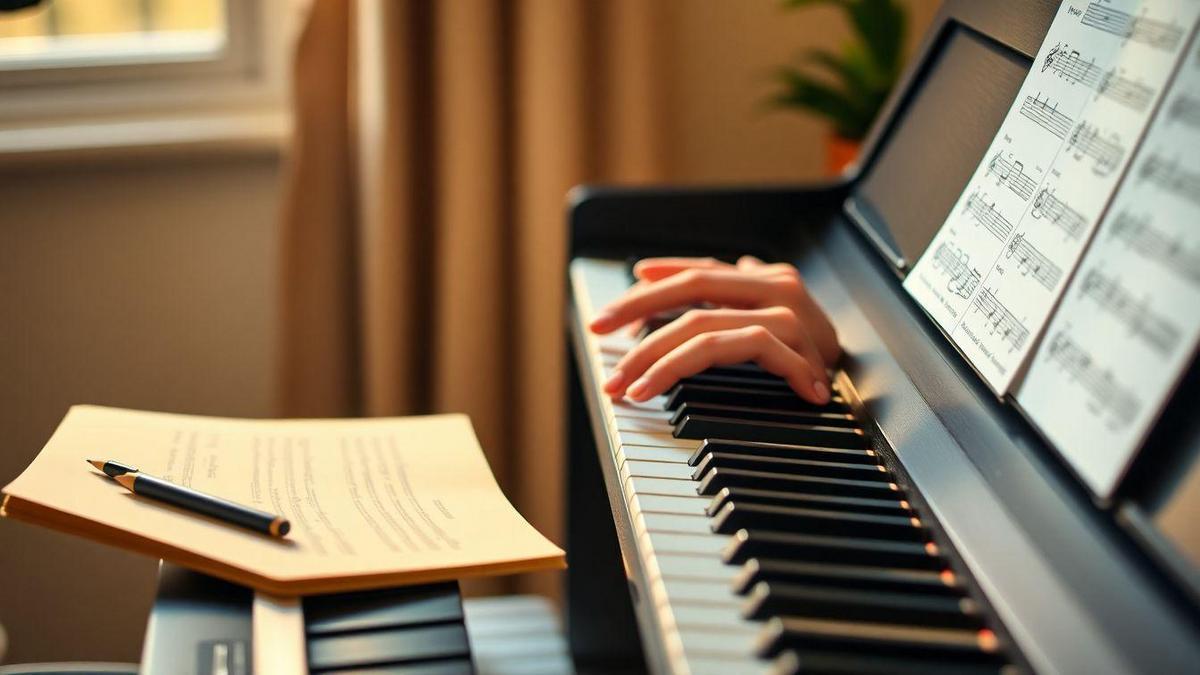
Basic music theory that helped me fast
I focused on a few core ideas to play songs, not memorize rules.
- Rhythm: clap the beat, count out loud.
- Scales: start with C major (no sharps/flats).
- Chords: learn I (C), IV (F), V (G) shapes in any key.
Practice routine:
- Warm up with metronome (5 minutes).
- Play the scale slowly up and down.
- Practice switching between two chords for 5 minutes.
For clear, beginner‑friendly explanations see scales explained in plain English, intervals with real examples, and what chords are and why they matter. If music theory feels intimidating, read is music theory really that scary? for a gentler view.
Reading music and ear training
What I wish I had known before my first music lesson: reading music is like learning to read words — one letter at a time.
- Label the staff with note names on your first sheet.
- Mark the clef and key signature clearly.
- Read one measure at a time; play and hum the note back.
Ear drills (2–5 minutes daily) helped me recognize intervals quickly. For step‑by‑step reading help see how to read chords and sheet music, and pair that with short interval drills from musical intervals made simple.
Protecting your body: posture and ergonomics
I avoided injury by making posture a habit. For guidance on posture basics see How to sit correctly for posture.
- Seat: feet flat, knees ~90°.
- Back: straight but relaxed — think stacked coins, not a plank.
- Keep the instrument close to avoid reaching.
Warm‑ups to drop tension:
- Full‑body shake (20–30 sec), neck and shoulder rolls, wrist circles.
- Slow scales and finger stretches.
Safe practice lengths:
- Start 15–20 minutes focused, add 5–10 minutes gradually.
- Take a 5–10 minute break every 25–30 minutes.
- Stop and rest if you feel sharp pain or numbness.
Ergonomic tips: chair and instrument position, footstool, strap, mirror to check posture, towel under the wrist if needed. Build these habits into the routine suggested in a simple daily practice routine so posture becomes automatic.

Setting goals and tracking tiny wins
Turn big dreams into small, time‑bound steps.
Weekly goal example:
- Week 1: learn basic chord shapes.
- Week 2: practice slow chord changes.
- Week 3: add strumming pattern and play along.
- Week 4: record a short take and compare.
Keep a simple log:
- Date, what you worked on, what improved, one thing to fix next time.
Celebrate small wins: a coffee, a 10‑minute jam, sharing a clip with a friend. If progress feels slow, tips for staying motivated are in staying motivated when progress feels slow, and strategies to stop procrastinating are in how to stop procrastinating on music practice.
Dealing with nerves and performance skills
I learned that nerves are normal and manageable. Also see Practical tips for managing performance anxiety for musician‑focused strategies.
Before performing:
- Breathe with a 4‑4 count (inhale 4, hold 4, exhale 4).
- Start quietly; warm up for two minutes.
- Play for one trusted friend first.
Lower anxiety by breaking songs into parts, looping the hard bars slowly, and connecting chunks only when each is steady. For mindset help and practical steps to get started, read overcoming the fear of starting music. Nerves mean you care — they’re not a verdict on your ability.

Apps, recordings, and free resources
Small tools accelerate learning.
Useful tools:
- Tuner app: check pitch before you start.
- Metronome: slow beat, then raise gradually.
- Slow‑down tool: loop tricky sections at reduced speed.
- Short tutorial videos (1–3 minutes) for one idea at a time.
- Free sheet music sites for practice material.
Money‑saving tips:
- Try free tiers first.
- Use browser versions if apps push paid features.
- Only take trials if you’ll practice daily — cancel if it’s not helping.
Combine these with songwriting prompts from writing your first melody and keep sessions compact as described in the power of just twenty minutes.
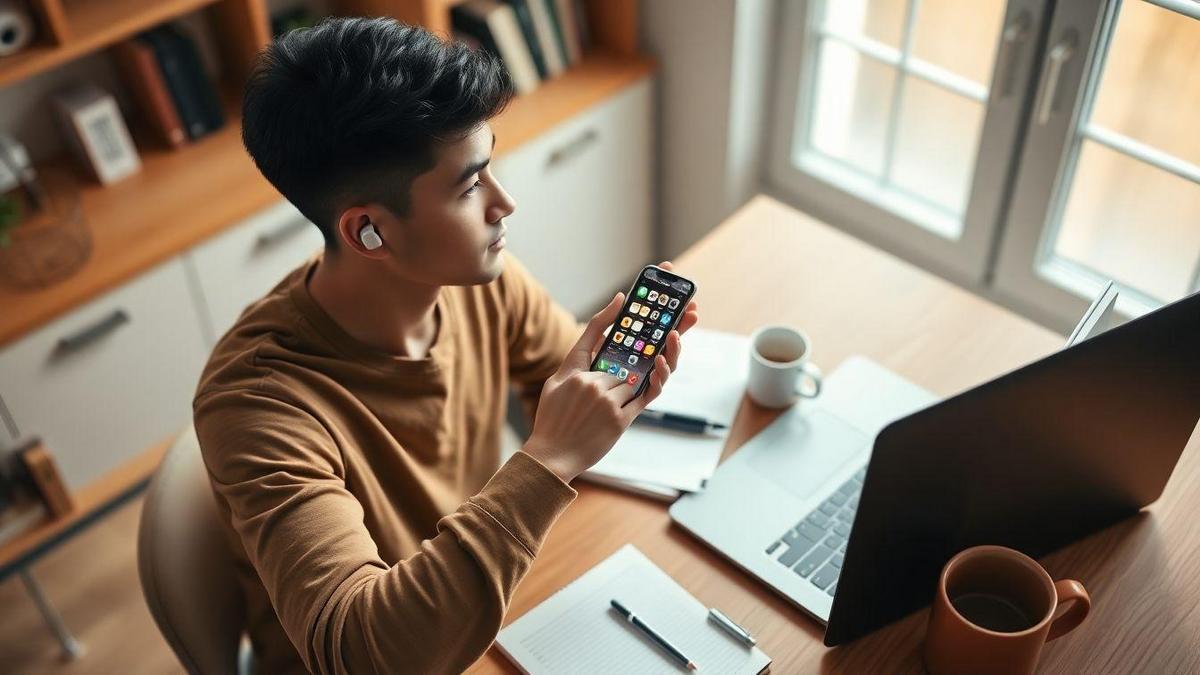
Keeping perspective: patience, routine, and balance
Treat music as a long game.
- Patience matters more than marathon sessions.
- Routine makes practice normal, not a chore.
- Support from friends and a patient teacher fuels momentum.
Connect music habits to life habits:
- Compound practice = compound interest. Ten minutes daily adds up.
- Budget time like money and keep a buffer day when life gets busy.
- Check in on mental health: how practice feels matters as much as what you play.
If you’re wondering whether music should stay a hobby or become a career, this piece on hobby vs career can help you weigh options. What I wish I had known before my first music lesson: patience is steady action; routine is freedom; support is fuel.

Conclusion
Everything comes back to fit — the right instrument, teacher, lesson format, and routine. What I wish I had known before my first music lesson is that small, steady habits beat intensity. Short daily practice, a metronome, breaking songs into tiny steps, good posture, time‑bound goals, and simple apps made the difference. Nerves are normal; breathing and routine tame them. Start small, be kind to yourself, and stay steady — music is a long game, not a sprint.
If you liked this, read more at https://clickneutro.com.
Frequently asked questions
What I wish I had known before my first music lesson
I wish I had known that tiny daily practice wins, mistakes help me learn, and enjoying the little wins matters most. For motivation advice see staying motivated when progress feels slow.
What I wish I had known about choosing an instrument
Try it first, prioritize comfort over looks, and choose joy over trend. Practical buying and renting guidance is in renting vs buying your first instrument and more on selecting the right instrument is at how to choose your first instrument without regrets.
What I wish I had known about nerves and mistakes
Nerves mean you care; mistakes are clues, not failures. Use breathing, a simple warm‑up, and small goals to calm performance anxiety. For mindset and starting advice see overcoming the fear of starting music.
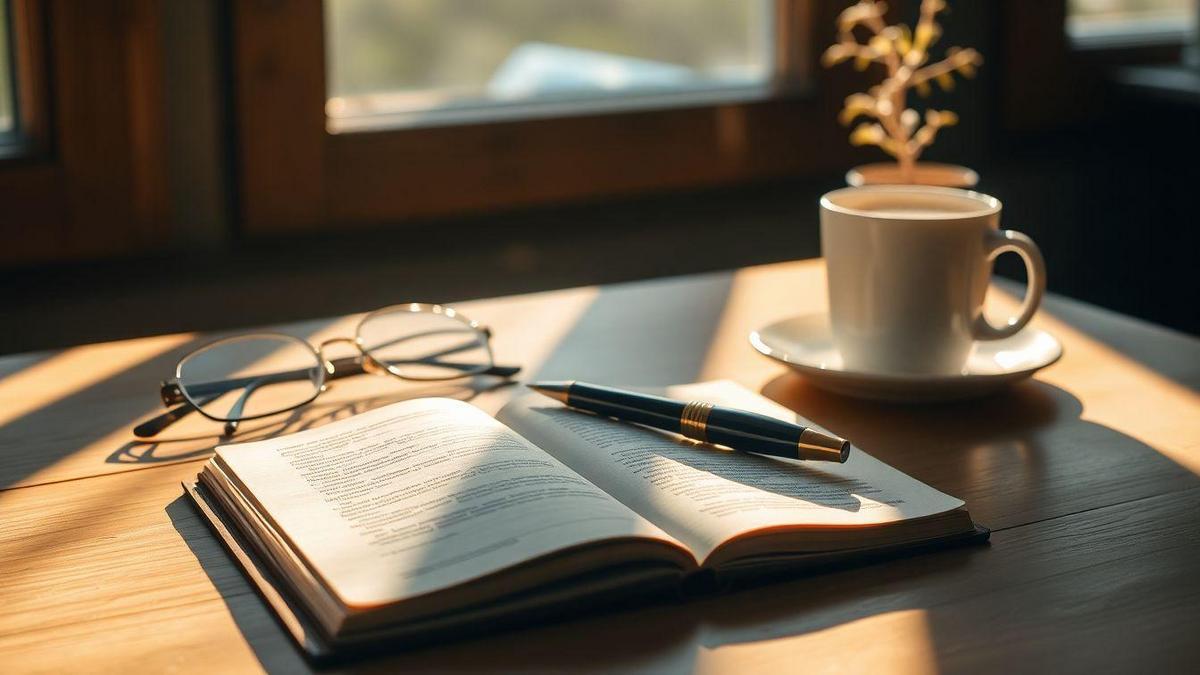
2 comentários em “What I wish I had known”